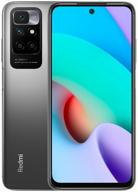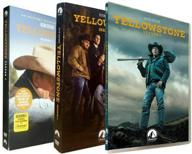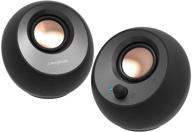
Review on Enhanced Midland 18-259W Weather Band Antenna with Through Window Mount by Tyler Smith

A step up from stock. See the review for details.
Detailed review. This antenna is an upgraded version of the standard telescopic antenna that comes with the radio. First you need to understand that you are not receiving a commercial broadcast from a 100,000 or even 50,000 watt transmitter. NOAA weather transmitters broadcast at 1000 watts to a vertically polarized VHF antenna. They broadcast for about 40 miles. Trees and objects affect the quality of the received signal. This includes the house you live in. This antenna is poorly loaded and only works with a window. Cable routing can also make a difference. If you have the option of using an outside antenna, this would be the best way. Like I said. It's a step up from what your radio offers. When it comes to weather radios, there is no one size fits all antenna. You have to remember that you're using technology that dates back to the days when you had to manually change the channel on your TV and move the antenna to see through the snow. It was only 40 years ago. For the best reception you need to build an outdoor antenna and run a cable to it. It is not that hard. It can be as simple as a vertical dipole antenna.
- Car electronics
- Unbelievable price
New products
Comments (0)
Top products in 🔌 Car Electronics Accessories

Smartphone Xiaomi Redmi Note 8 Pro 6/128 GB Global, 2 SIM, Mineral Gray

91 Review

Smartphone Xiaomi Redmi Note 11 Pro 8/128 GB RU, Dual nano SIM, white ice

148 Review

Realme C30 Smartphone 4/64 GB RU, Dual nano SIM, Blue

94 Review

Smartphone Xiaomi Redmi 10 2022 4/128 GB Global, Dual nano SIM, carbon gray

114 Review
Another interesting products

Westin White Tea Home Diffuser Refill Cartridge - Signature Hotel Fragrance & Scent

16 Review

Yellowstone Season Complete Movies Collection

3 Review

Creative Pebble V3 Minimalistic 2.0 USB Type-C Desktop Speakers with USB Audio, Clear Dialog Enhancement, Bluetooth 5.0, 8W RMS + 16W Peak Power, USB Adapter Included (Black)

8 Review

✨ Alleviate Eye Fatigue with ANRRI's Featherweight Anti-Blue Light Glasses

4 Review

